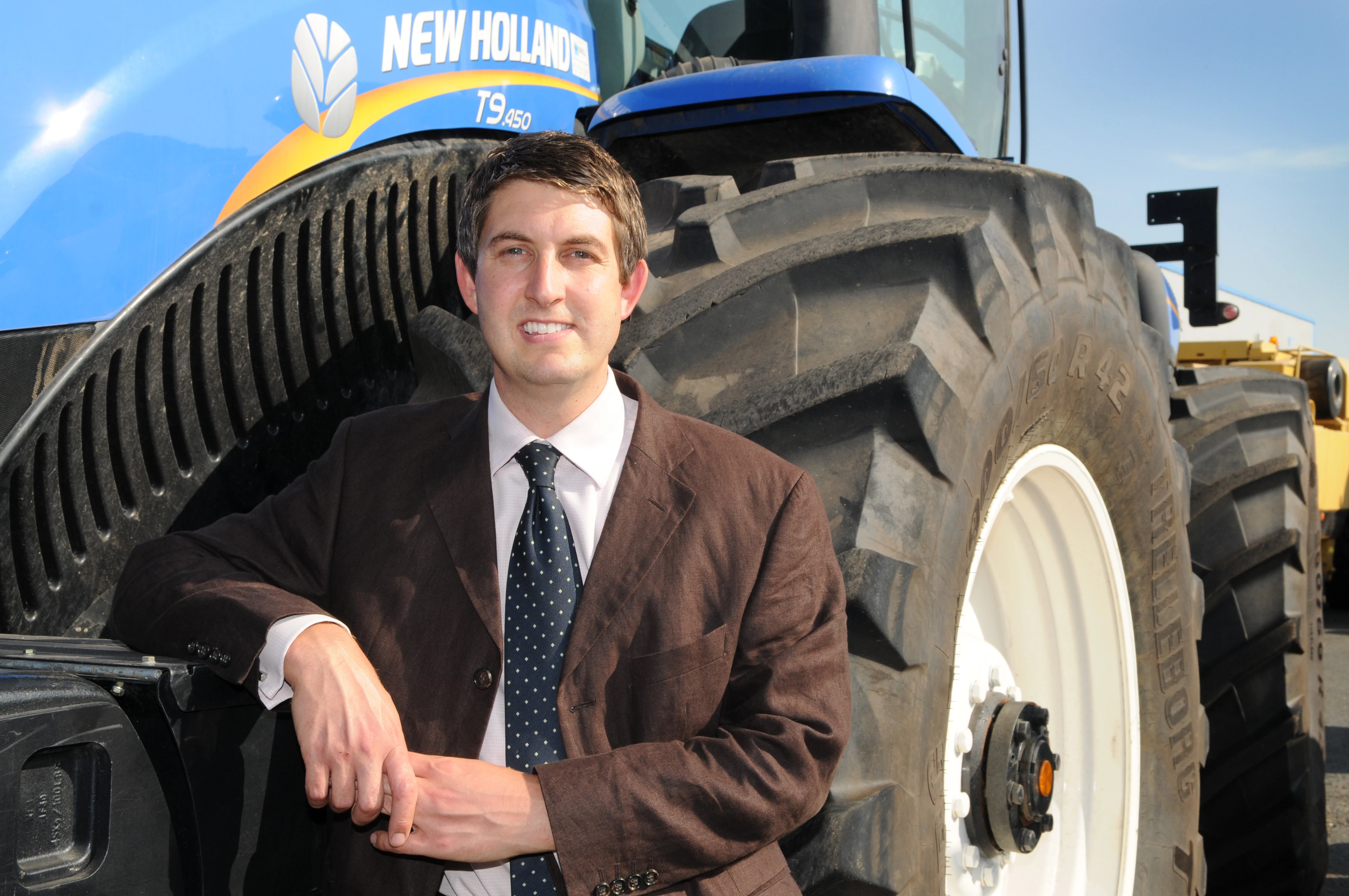
Partner Article
The Future of Farming
-Bruton Knowles’ Rural Spokesperson comments on the changing landscape of the farming industry-
Following the release of details of the proposed Agricultural Bill and issue of the Royal Institution of Chartered Surveyors’ (RICS) latest land values report , we’ve seen conversations around the agricultural sector dominate the news agenda. The findings have opened up discussions with farmers, land owners and the property sector, but what does the future really hold?
Here, Bruton Knowles Associate and Rural Property Spokesperson, Gareth Lay, shares his thoughts on the planned changes, and reviews how it might affect property prices within the farming industry.
It’s fair to say that both the Agricultural Bill and the findings from the recent RICS rural land survey results, depict a cautious outlook on what farmers can expect in the near future.
Currently, farmland prices remain relatively stagnant across the UK. This means farmers and farmland owners are sitting on land, making it a fairly dry market. A reduction in farmland rents has resulted in a lower yield on land, which, as stated in the RICS report (January-June 2018), edged down to 1.5 per cent from 1.6 per cent over the last quarter.
However, farmland has never been purchased for a quick return and for now, land is still seen as a stable and attractive investment. Diversification and development are also being actively encouraged to make better use of a finite resource.
So, if this is where the industry currently stands, how will the new Agricultural Bill impact it?
Announced by Michael Gove back in September 2018, the Bill sets out a major post-Brexit policy to invest in the environment, introducing a new Environmental Land Management (ELM) system. The new plan sets out how farmers and land managers will in future be paid for “public goods”, such as better air and water quality, improved soil health, higher animal welfare standards, public access to the countryside and measures to reduce flooding.
The scheme currently runs on a subsidy basis, paying farmers based on the total area of land farmed. Now, with the proposed introduction of the new ELM system, farmers and land managers who provide the greatest environmental benefits will secure the largest rewards.
In my opinion, this outcome has been long overdue and will provide a much-needed shake-up within the farming industry. With the new expectations on farmers, we can expect to see a fair few choose to retire over the next five years, bringing a percentage of farmland back onto the agricultural market.
This will be a positive step, however, with so much change afoot we are advising farmers and farmland owners to work closely with property experts to ensure that if they do buy or sell, they are aware of what is expected as we go into a new future of farming.
For now, if the market is going to strengthen, farm profitability will have to substantially improve, but just as ever, the sector is susceptible to so many factors – in this case an exceptionally dry summer will mean a very expensive winter as farmers need to buy additional feedstock, therefore reducing profitability.
When reviewing the current RICS report, the title says it all: ‘Price Expectations Deteriorate Further’. Unfortunately, until the changes announced in the new Bill are introduced, we’ll see farmland prices either remain static or reduce in value.
Nationally, the average value of equipped land now stands at £10,940 per acre but this is weighted by a few large transactions. The more relevant median value of transactions revealed in the report was lower at £8,473 per acre. This reflects the polarised market conditions and highlights the importance of knowing your local market more than ever before.
The demand for land is still predominantly farmer based – we envisage 67 per cent of buyers being farmers – however, with the current financial difficulties farmers face, especially from the dry summer as mentioned, it’s likely to curb enthusiasm for the time being.
With regards to farmland rents, the RICS report reveals that arable charges fell by 1.4 per cent for the first half of 2018, translating to a 1.3 per cent decline for the 12-month period. The question on whether to review rents has to be considered very carefully, dependant on the specific issues surrounding each farm.
To sum up, the true picture remains to be seen over the next 12-24 months – and the Agricultural Bill is certainly shaping the future of farmland – so it’s important for farmland owners to be made aware of any changes and take good advice, from rural property experts.
This was posted in Bdaily's Members' News section by Rebecca .
Enjoy the read? Get Bdaily delivered.
Sign up to receive our popular morning National email for free.








 Celebrating excellence and community support
Celebrating excellence and community support
 The value of nurturing homegrown innovation
The value of nurturing homegrown innovation
 A dynamic, fair and innovative economy
A dynamic, fair and innovative economy
 Navigating the property investment market
Navigating the property investment market
 Have stock markets peaked? Tune out the noise
Have stock markets peaked? Tune out the noise
 Will the Employment Rights Bill cost too much?
Will the Employment Rights Bill cost too much?
 A game-changing move for digital-first innovators
A game-changing move for digital-first innovators
 Confidence the missing ingredient for growth
Confidence the missing ingredient for growth
 Global event supercharges North East screen sector
Global event supercharges North East screen sector
 Is construction critical to Government growth plan?
Is construction critical to Government growth plan?
 Manufacturing needs context, not more software
Manufacturing needs context, not more software
 Harnessing AI and delivering social value
Harnessing AI and delivering social value